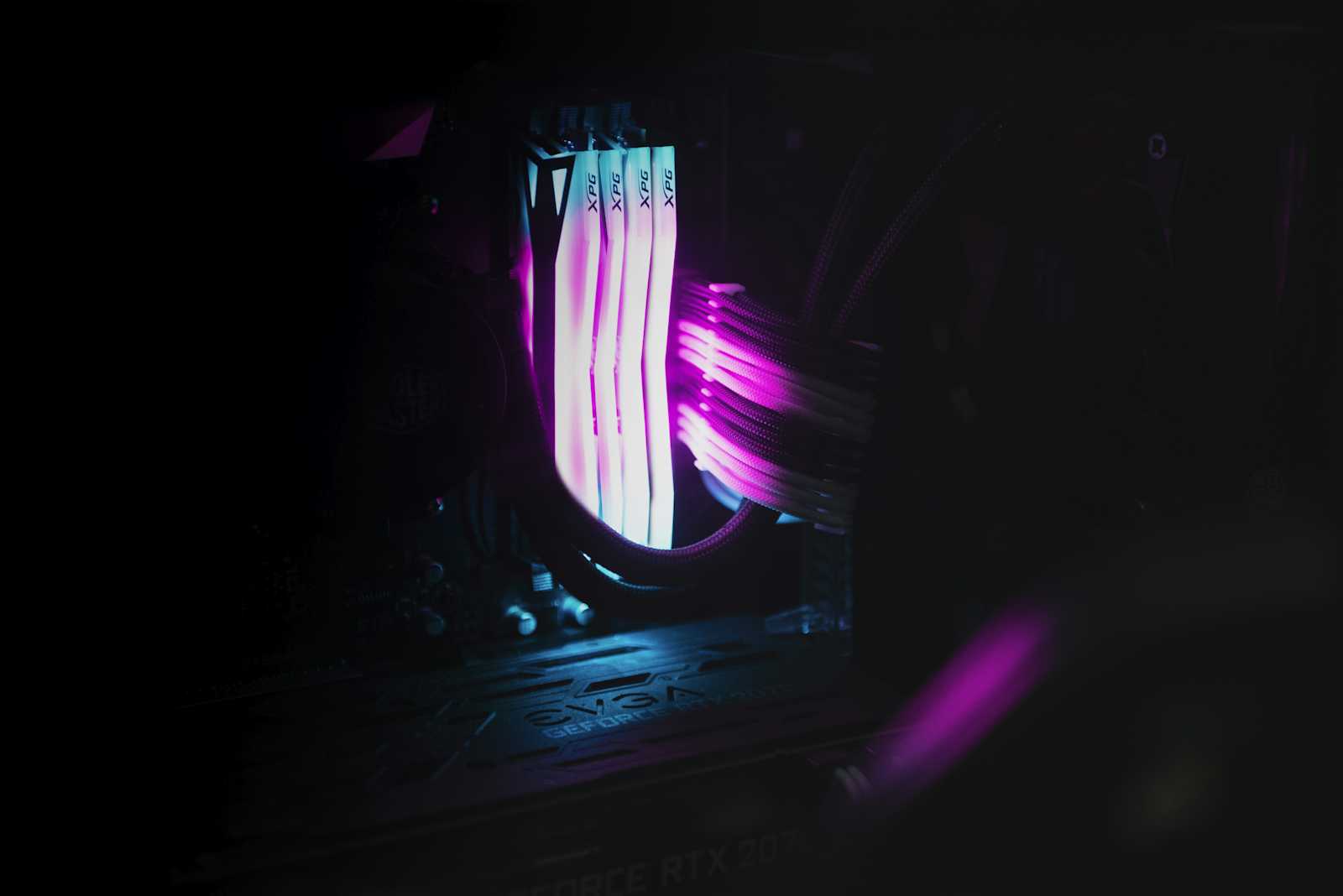Evaluating RAM & VRAM: Performance and Age Differences
 Shubhajit Mondal
Shubhajit Mondal
1) RAM Types Ordered by Performance

A comprehensive list of RAM types, ordered by performance from older to newer:
LPDDR2 (Low Power DDR2)
Performance: Older low-power RAM used mainly in mobile devices and laptops. Limited bandwidth and slower speeds compared to newer technologies.
Typical Bandwidth: Up to 4.8 GB/s
LPDDR3 (Low Power DDR3)
Performance: Improved over LPDDR2 with better efficiency and speed. Common in older mobile devices and some laptops.
Typical Bandwidth: Up to 8.5 GB/s
LPDDR4 (Low Power DDR4)
Performance: Further improvement in speed and efficiency over LPDDR3. Used in many modern mobile devices and laptops.
Typical Bandwidth: Up to 17 GB/s
DDR3 (Double Data Rate 3)
Performance: Widely used in desktops and laptops before DDR4. Offers better performance and efficiency compared to DDR2.
Typical Bandwidth: Up to 12.8 GB/s
DDR4 (Double Data Rate 4)
Performance: Current standard for desktops and laptops before DDR5. Significant improvement over DDR3 in terms of speed and efficiency.
Typical Bandwidth: Up to 25.6 GB/s (for standard speeds)
LPDDR4X (Low Power DDR4X)
Performance: An improved version of LPDDR4 with better power efficiency and slightly higher speeds. Common in high-end mobile devices and laptops.
Typical Bandwidth: Up to 22 GB/s
DDR5 (Double Data Rate 5)
Performance: Newer standard with higher bandwidth and improved power efficiency over DDR4. Suitable for high-performance computing and gaming.
Typical Bandwidth: Up to 40 GB/s (initial modules, with potential for higher speeds)
LPDDR5 (Low Power DDR5)
Performance: The latest low-power standard with enhancements over LPDDR4X, offering better performance and efficiency for mobile devices.
Typical Bandwidth: Up to 51.2 GB/s
DDR6 (Expected Future Standard)
Performance: Anticipated future standard with further improvements in speed and power efficiency over DDR5. Details are speculative and not yet widely available.
Typical Bandwidth: Expected to exceed DDR5, with potential for much higher bandwidth.
Summary of RAM Types:
LPDDR2: Older, lower-performance, used in early mobile devices.
LPDDR3: Better than LPDDR2, used in older mobile devices and laptops.
LPDDR4: Improved performance and efficiency, used in modern mobile devices.
DDR3: Widely used before DDR4, with moderate performance improvements over DDR2.
DDR4: Standard for desktops and laptops before DDR5, with significant performance improvements over DDR3.
LPDDR4X: Enhanced version of LPDDR4 with better efficiency and speed.
DDR5: New standard offering high performance and efficiency, suitable for advanced computing needs.
LPDDR5: Latest low-power RAM with high performance and efficiency for mobile devices.
DDR6: Expected future standard with even greater performance, not yet widely available.
2) VRAM Types Ordered by Performance

A comprehensive list of VRAM (Video RAM) types, ordered by performance from older to newer:
DDR3 VRAM (Double Data Rate 3)
Performance: Older standard used in many graphics cards from the early 2010s. Provides decent performance but is surpassed by newer types.
Typical Bandwidth: Up to 28.8 GB/s
GDDR5 (Graphics Double Data Rate 5)
Performance: Significant improvement over DDR3 VRAM. Common in mid-range to high-end graphics cards from the late 2010s. Offers higher bandwidth and better performance.
Typical Bandwidth: Up to 256 GB/s (depending on the memory interface and clock speeds)
GDDR5X (Graphics Double Data Rate 5X)
Performance: Enhanced version of GDDR5 with increased bandwidth and speed. Used in high-end graphics cards for improved performance.
Typical Bandwidth: Up to 320 GB/s
GDDR6 (Graphics Double Data Rate 6)
Performance: Newer standard with further improvements in bandwidth and power efficiency over GDDR5X. Used in current-generation high-performance graphics cards.
Typical Bandwidth: Up to 448 GB/s (initial modules, with potential for higher speeds)
GDDR6X (Graphics Double Data Rate 6X)
Performance: Advanced version of GDDR6 with even higher bandwidth and faster speeds. Found in high-end graphics cards, offering top-tier performance.
Typical Bandwidth: Up to 1 TB/s (for specific configurations)
HBM2 (High Bandwidth Memory 2)
Performance: Offers very high bandwidth and is used in high-performance computing and professional graphics cards. Provides significantly higher bandwidth compared to GDDR6X.
Typical Bandwidth: Up to 410 GB/s (per stack, with multiple stacks providing higher total bandwidth)
HBM3 (High Bandwidth Memory 3)
Performance: The latest high-performance memory standard with even greater bandwidth and efficiency than HBM2. Used in cutting-edge graphics cards and professional applications.
Typical Bandwidth: Expected to exceed HBM2, with potential for much higher bandwidth.
Summary of VRAM Types:
DDR3 VRAM: Older and lower performance, used in earlier graphics cards.
GDDR5: Improved over DDR3 with better bandwidth and performance, common in mid-range to high-end graphics cards.
GDDR5X: Enhanced GDDR5 with higher bandwidth, used in high-end graphics cards.
GDDR6: Newer standard with higher performance and efficiency, suitable for current high-performance graphics cards.
GDDR6X: Advanced version of GDDR6 with top-tier performance, used in high-end gaming and professional graphics cards.
HBM2: Very high bandwidth, used in professional and high-performance computing graphics cards.
HBM3: Latest standard with even higher performance and bandwidth, expected to lead in cutting-edge applications.
Subscribe to my newsletter
Read articles from Shubhajit Mondal directly inside your inbox. Subscribe to the newsletter, and don't miss out.
Written by

Shubhajit Mondal
Shubhajit Mondal
while (alive) { eat(); sleep(); code(); repeat(); }